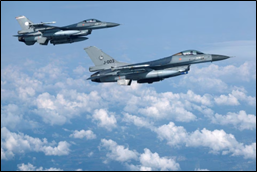ACADEMY SITREP – U.S. Approves Sending F-16s to Ukraine
August 18, 2023

What has Happened: Last evening, the U.S. approved sending F-16 fighter jets from Denmark and the Netherlands to Ukraine as soon as the pilots complete their training. Denmark and the Netherlands (both NATO members) have been leading the efforts to train Ukrainian pilots and support staff on how to fly and maintain the F-16 aircraft. Ukraine has been asking for the U.S. F-16 fighter jets to help the country’s air force counter Russian air superiority. However, it is unlikely that Ukraine will be able to utilize the F-16s this fall/winter (i.e., more likely in 2024). Why it Matters: “The imperative ... ACADEMY SITREP – U.S. Approves Sending F-16s to Ukraine


